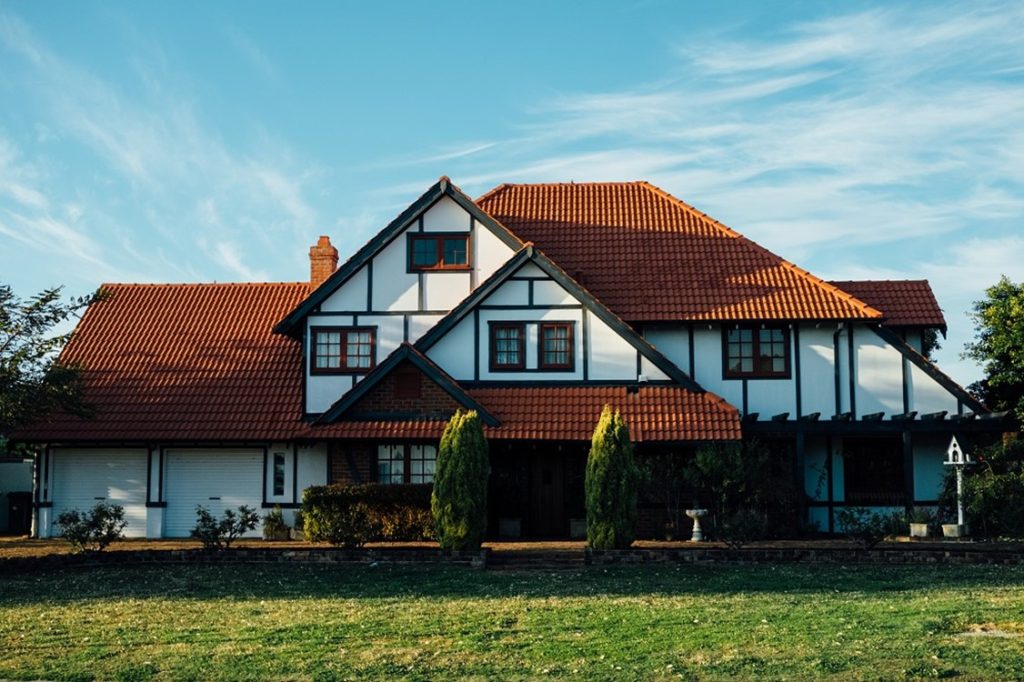Understanding The Cost Of Restumping A House: Your Comprehensive Guide

Introduction:
Have you ever wondered about the integrity of your house’s foundations? Do you live in a weatherboard house, and is it showing signs of ageing like sticky doors, warping, or even plaster cracks? Do you ever question if restumping would be the right way to go?
In this informative piece, we venture deep into the process of restumping, including costs, process, and considerations to make before embarking on your restumping journey. We will aim to leave no stone unturned in our exploration of this critical aspect of home restoration.
Restumping (known also as reblocking or underpinning) is a crucial part of home maintenance, more so for older homes or those built in areas with less stable soil conditions. This vital process ensures the stability and longevity of your home. However, it can be a daunting task both in terms of understanding the process and managing the cost implications.
What Is Restumping?
When you realise your home requires more than smashing a hammer to fix a stubborn sticky door, then it’s time to talk restumping. It involves replacing or repairing the stumps on a house that either has been compromised due to age, shifting soils, poor drainage or less resistant timber stumps.
The process of restumping is a significant investment in your home and can be a disruptive process. However, considering the potential damage that can be incurred if your home’s foundations fail, this maintenance stage is absolutely necessary.
Restumping brings your home back onto an even keel, fixing those warped floors, closing up those cracking walls and making those sticky doors a thing of the past. It will ultimately increase the longevity and value of your property.
Considerations Before Restumping?
Before you dive into restumping, some introspection is required. Restumping isn’t a decision to be taken lightly; it is a significant project that requires professional input.
Begin by evaluating the present condition of your house. Questions to ask include: Is there noticeable damage? Are there any structural issues? Are there signs of soil movement? Also, consider whether your property is historic, which might come with specific restoration guidelines.

Finally, the cost factor. The decision to restump should not merely hinge on the need but also your budget. It is crucial to make a comprehensive assessment and weigh your options before making a decision.
The Cost Of Restumping
The price of restumping varies significantly, depending upon various factors. These include the size of the house, the number of stumps to be replaced, access to the site, the soil type and the type of stumps (timber or concrete) to be used.
Although it can range anywhere between $10,000 to $20,000, a more precise estimation can only be obtained from professional contractors who conduct a thorough examination of your property.
Given the magnitude of the investment, it is advisable to request quotes from multiple contractors, and not just rely on a single assessment.
The Process Of Restumping
The restumping process is intricate and requires experienced professional contractors. The process includes removing the floors, replacing the stumps, rechecking for level precision and then replacing the flooring.
It’s recommended to engage an engineer to ensure the new stumps are placed strategically and meet the standard requirements. Restumping is not a DIY job – it’s one that can have irreversible damaging effects if not carried out correctly.
Despite the potential disruption, it provides an opportunity to repair other structural problems and can even increase your home’s value.
Pros And Cons Of Restumping
Despite the disruption and Cost of Restumping a House brings a handful of benefits to the table. Firstly, it ameliorates any existing structural damage and prevents further degradation. It relevels your home, improves the integrity and can even increase your property’s value.
However, on the cons side, the process is lengthy, disruptive and can reveal hidden issues which could increase the cost. Also, it may call for temporary relocation depending on the extent of the project.
Conclusion:
As a homeowner, understanding the need for restumping and its overall cost implication is crucial. It’s a significant endeavour that involves both financial investment and potential lifestyle interruption.
In essence, restumping your home might appear arduous yet rewarding, enhancing not only your property’s structural integrity but its value as well. Evaluating the current condition of your house and seeking professional assessments ensures you make an informed decision.
At the end of the day, it’s all about maintaining your haven — your home, because there’s nothing like the sense of safety and comfort your home provides. A sound foundation lets you sleep easy, knowing your haven stands strong and proud.